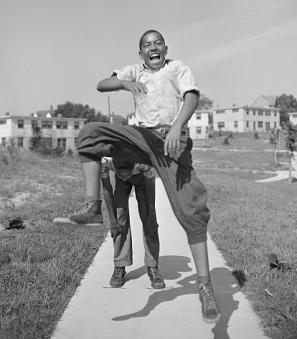1969: Georgetown Becomes Fully Coed
“They’ll admit women to the College over my dead body!”[1]
When the Georgetown University Board of Directors announced big changes coming to campus in 1969, at least one Jesuit priest was clearly not thrilled. Perhaps he had just read the headline: “Georgetown Breaks Tradition, Allows Women into the College of Arts and Sciences.”[2] Perhaps he had not heard the rumors that his university needed money, and would be increasing its enrollment rate in the coming years. Perhaps he had neglected to look outside the window of his office and notice that women had been walking across Georgetown’s campus for many years already.
Either way, whether the priest liked it or not, Georgetown was officially going coed. Women would be allowed to enroll in all schools at the university starting in 1969.
The decision was both a seismic change and the continuation of a gradual process that had started decades before. Women had been calling the Catholic and Jesuit university “home” since 1880, when two female students enrolled in Georgetown’s Medical School. After that, women had been trickling in to the Georgetown’s many schools and programs, steadily chipping away at its reputation as the all-male institution it had been when it was established in the 1700s.[3]
By 1965, there were about 1,000 female undergrads on campus.[4] They were studying in all graduate and undergraduate schools except the College of Arts and Sciences—the oldest and largest undergrad school.
So why did the university take so long to become fully coed? Most likely, Georgetown—the oldest Catholic university in the country—was simply obsessed with tradition. The College of Arts and Sciences, especially, prided itself on its “ivy scented tradition-bound halls,” according to one student publication.[5]
Nevertheless, coeducation was desired—and needed—by most members of the Georgetown community by the latter half of the 1960s. Georgetown was in the process of building a new library and installing new programs to expand its academics, and therefore needed funding that could be provided by a higher enrollment rate. There was also a need to increase admissions rates, which had dropped in recent years,[6] and the hope of many faculty members to use their benefits to see their daughters enrolled at Georgetown.[7]
Social pressure from other schools also pushed the university. Of the 28 Jesuit schools in the country, over half became coed in the 1960s and early 1970s.[8] Locally, George Washington University went coed in 1954;[9] the Catholic University of America allowed women to apply to all of its undergrad programs by 1950;[10] and both American University and Howard University had allowed all people, regardless of gender or race, to enroll ever since founding.[11]
Georgetown’s Board of Directors made their decision in August 1968.[12] On September 15, the university released a news statement: Georgetown would be accepting 50 female applicants to the College, to be enrolled in the fall of 1969. Men would also be allowed to apply to the Nursing School, which had previously been exclusively female.[13] According to Fr. Royden B. Davis, dean of the College, it was time:
…the old European idea of separate education for the sexes is outmoded. Men and women play interchangeable roles in many professions.”[14]
For the most part, the news went over well. The fact that women were already on Georgetown’s campus was probably the biggest reason that the majority of the student body supported the change. As one editorial in the student publication The Hoya put it:
It is a paradox that Georgetown can have girls in graduate biology but have no undergraduate female biology students. It seems strange that Georgetown can have girls in graduate mathematics but have no undergraduate female mathematics students.”[15]
Of course, there were a select few who voiced their displeasure. Some male students, who were apparently incapable of interacting with Georgetown women,[16] lamented what they saw as a cultural shift. As one senior told The Hoya in 1968: “I’m for [coeducation] rationally, but no one in the College likes to see tradition slapped in the face.”[17] Another—a freshman—went further, calling the decision to admit women to the College a “disastrous mistake.”[18]
Likewise, some Jesuit faculty members were slow to embrace the change. As Dr. Patricia Rueckel, dean of women in the 1960s, recalled later, some priests still resented the presence of the women who were already on campus prior to ‘69:
The girls were here, and the Jesuits just didn’t know what to do with them… They really weren’t wanted; some Jesuits wouldn’t let the girls sit in the front of the class.”[19]
Given these sentiments, the first female applicants to the College recognized that they wouldn’t have it easy. And yet, the College was flooded with close to 500 applications from women immediately following the announcement.[20] Competition was fierce. The women ultimately selected to enroll in the College were highly intelligent, dedicated, and accomplished, their applications statistically stronger on average than those of the male students.[21]
Marla Angermeier, the first woman admitted to the College in 1969, expressed her excitement at having a long list of majors from which she could choose: “I want to experiment in a lot of different areas. That’s why I chose a full liberal arts program.”[22] For the same reason, the College also started accepting female Georgetown students transferring from other undergraduate schools, who looked to pursue courses not previously offered to them.
In the fall of 1969, the first 50 female College students to be accepted into the officially coeducational Georgetown arrived.[23] One recalled the freshmen orientation session in Gaston Hall:
...[a]rriving at the door and being greeted by a sea of male faces ... waiting to enter the hall until a sufficient complement of my female compatriots had arrived. Listening to Father Royden Davis greet us with the phrase, ‘Ladies and Gentlemen of Georgetown,’ with an emphasis on the ‘Ladies.’ … I clearly remember it as an exhilarating time, but also as one which carried with it the frustrations attached to any change in deeply-ingrained attitudes, long-cherished beliefs, and habitual patterns of behavior.”[24]
But still, she and the other female students remained strong. In their first months at school, they attended classes almost entirely made up of men, dealt with life in distant dormitories, and tolerated the fact that the women’s restrooms on campus were often hidden away in the basements of academic buildings.[25]
And with their resilience, changes to Georgetown’s campus happened rapidly.
Before 1969, female students had to abide by rigid rules in order to keep an “attractive” appearance on such a prestigious campus (according to their student handbooks, Miss “G” Goes to Georgetown). With the last Miss “G” book printed in 1971, the days of midnight curfews, strict dress codes, and weekly room checks were gone.[26]
More changes would follow. The coming years would see women becoming more involved in athletics and campus organizations that were once open only to men, and give rise to Georgetown’s first feminist clubs. The school started a women’s and gender studies program and removed quotas from application processes, meaning that there was no cap on how many women were admitted into each of the undergrad schools. By 1974, the freshman undergraduate class was the first to declare a female majority.[27]
And what did the old Jesuit we met earlier think about all of this? We don’t know for sure, but it’s possible he was a seer. With the need to house more women, Georgetown converted Copley Hall—a dorm in the center of campus—to coed housing in 1969. Students responded positively to the transition,[28] so other dorms soon followed, including Harbin Hall, a dorm directly overlooking an on-campus Jesuit cemetery.
“Over my dead body,” indeed.[29]
Footnotes
- ^ Robert Emmett Curran, The Rise to Prominence 1964–1989, vol. 3, A History of Georgetown University (Washington, DC: Georgetown University Press, 2010), 74.
- ^ Georgetown University News Service, "Georgetown Breaks Tradition, Allows Women into College of Arts and Sciences," news release, September 15, 1968, https://www.library.georgetown.edu/news/women%E2%80%99s-history-month-a….
- ^ Nick Timiraos, "Areen Outlines Women's Role," The Hoya (Washington, DC), April 1, 2003, [Page #], https://www.thehoya.com/areen-outlines-womens-role/.
- ^ Curran, The Rise, 74.
- ^ Alexander Buehl and Thaddeus Healy, "The Hoya Unveils Its Year In Review," The Hoya (Washington, DC), May 9, 1968, 7.
- ^ Curran, The Rise, 74.
- ^ Peg Dowley, "A Bicentennial Preview: Coeducation at Georgetown," The New Press, Spring 1988, 10.
- ^ Sarah L. Poulson, "From Single-Sex to Coeducation: The Advent of Coeducation at Georgetown, 1965-1975," U.S. Catholic Historian 13, no. 4 (Fall 1995): 117.
- ^ George Washington University, "Women Attending GW," GW Libraries, https://library.gwu.edu/scrc/university-archives/gw-history/first-women….
- ^ Shane MacDonald, "The Archivist's Nook: A Flapper, a Nurse, and a Nun Apply to Catholic University…," University Libraries, last modified March 15, 2018, https://www.lib.cua.edu/wordpress/newsevents/10269/.
- ^ American University, "AU History," American University, https://www.american.edu/about/history.cfm; New World Encyclopedia, "Howard University," New World Encyclopedia, https://www.newworldencyclopedia.org/entry/Howard_University.
- ^ Poulson, "From Single-Sex," 123.
- ^ Alma S. Woolley, Learning, Faith, and Caring: History of the Georgetown University School of Nursing, 1903–2000 (n.p.: Alma S. Woolley, 2001), 127.
- ^ Georgetown University News Service, "Georgetown Breaks."
- ^ "Editorial: Les Femmes Fatales," The Hoya (Washington, DC), May 2, 1968, 4.
- ^ Likely a result of women’s dorms being so far away from central campus, male students did not frequently interact with female students prior to 1969. This created a social stigma between the sexes, and male students were reportedly more likely to socialize with women from surrounding schools while feigning disgust at Georgetown women. See: Ricky Enz, "Freshmen Girls Call GU Gentlemen Most Elusive Problem on Campus," The Hoya (Washington, DC), October 13, 1966, 2.
- ^ "Tradition Crumbles; College Adds Girls," The Hoya (Washington, DC), September 14, 1968, 6.
- ^ Curran, The Rise, 74.
- ^ Sharon Sakson, "Focus on Women at Georgetown," Georgetown Today, May 1972, 13.
- ^ Curran, The Rise, 74.
- ^ Georgetown University News Service, "College of Arts & Sciences Swamped by Female Applicants," news release.
- ^ Georgetown University News Service, "First Coed Admitted to Georgetown's College of Arts & Sciences," news release.
- ^ It is unknown what the demographics of the “first 50” women were. However, Georgetown had been integrated by 1969, so it is possible that this group consisted of white women and African American women. See: Elizabeth Garbitelli, "First Black Undergraduate Dies," The Hoya (Washington, DC), March 15, 2012, https://www.thehoya.com/first-black-undergraduate-dies-2/.
- ^ Helen M. Niedermeier (Gaquin), Women of Georgetown College: The First Quarter Century, ed. Anne Sullivan (Washington, DC: Georgetown College, 1995), 48.
- ^ Joan Coughlin (Kane), Women of Georgetown, 22.
- ^ Miller-Bernal and Susan L. Poulson, eds., Going Coed: Women's Experiences in Formerly Men's Colleges and Universities, 1950-2000 (Nashville: Vanderbilt University Press, 2004), 229.
- ^ Ibid., 232-236; Marybeth Michael, "Class of '78 Is First Class to Claim Female Majority," The Hoya (Washington, DC), September 13, 1974, 3.
- ^ Poulson, "From Single-Sex," 131.
- ^ Ironically, Darnall Hall—an all-female dorm next to St. Mary’s on the north side of campus, which had been built earlier in the 1960s—had also been constructed over the previous site of another Jesuit cemetery. See: Ruth McDonough Fitzpatrick, Women of Georgetown College, 48; Curran, The Rise, 74.


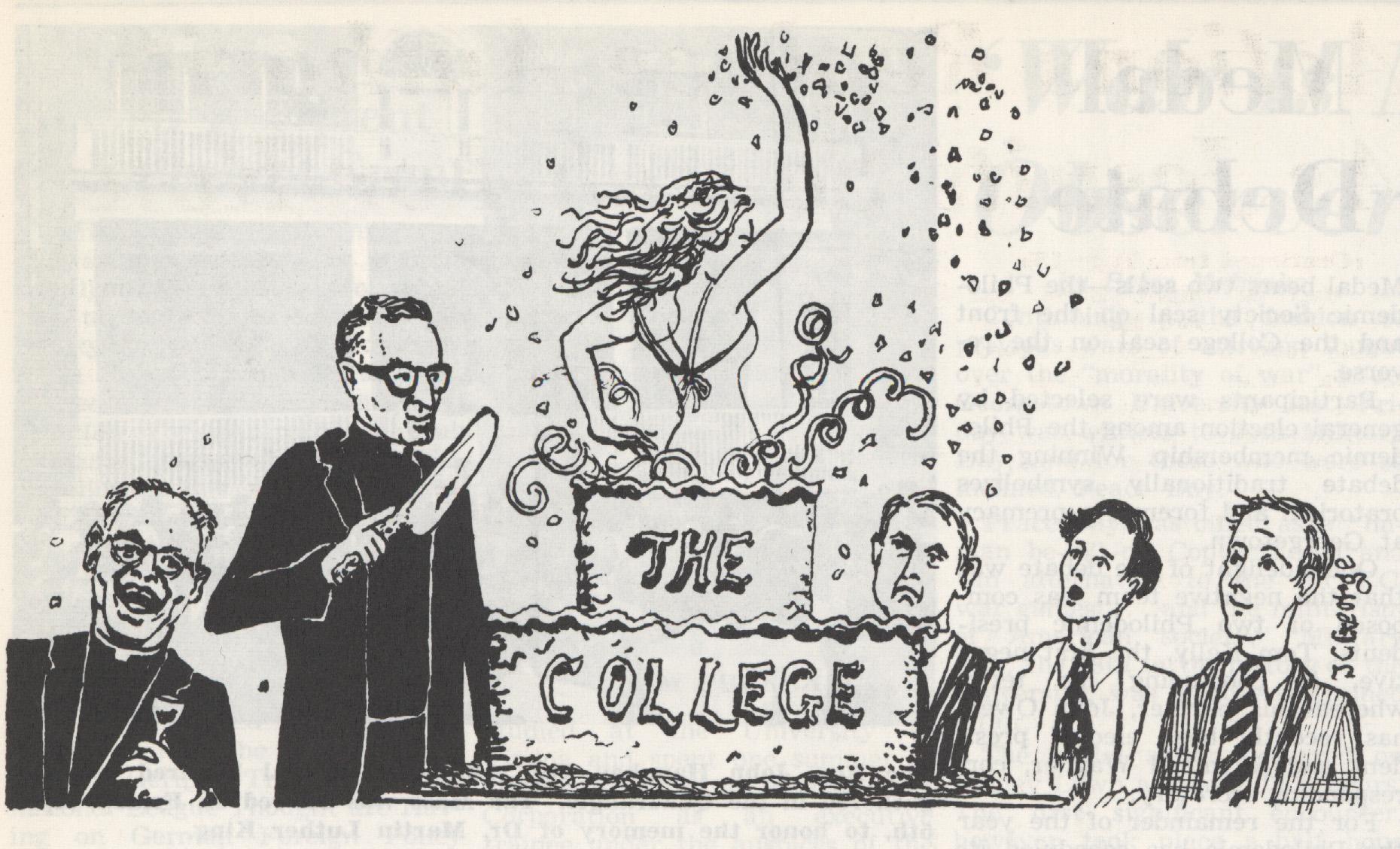
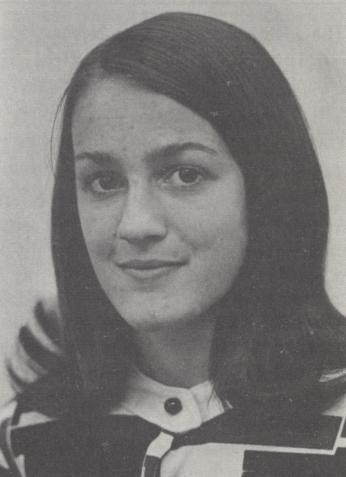
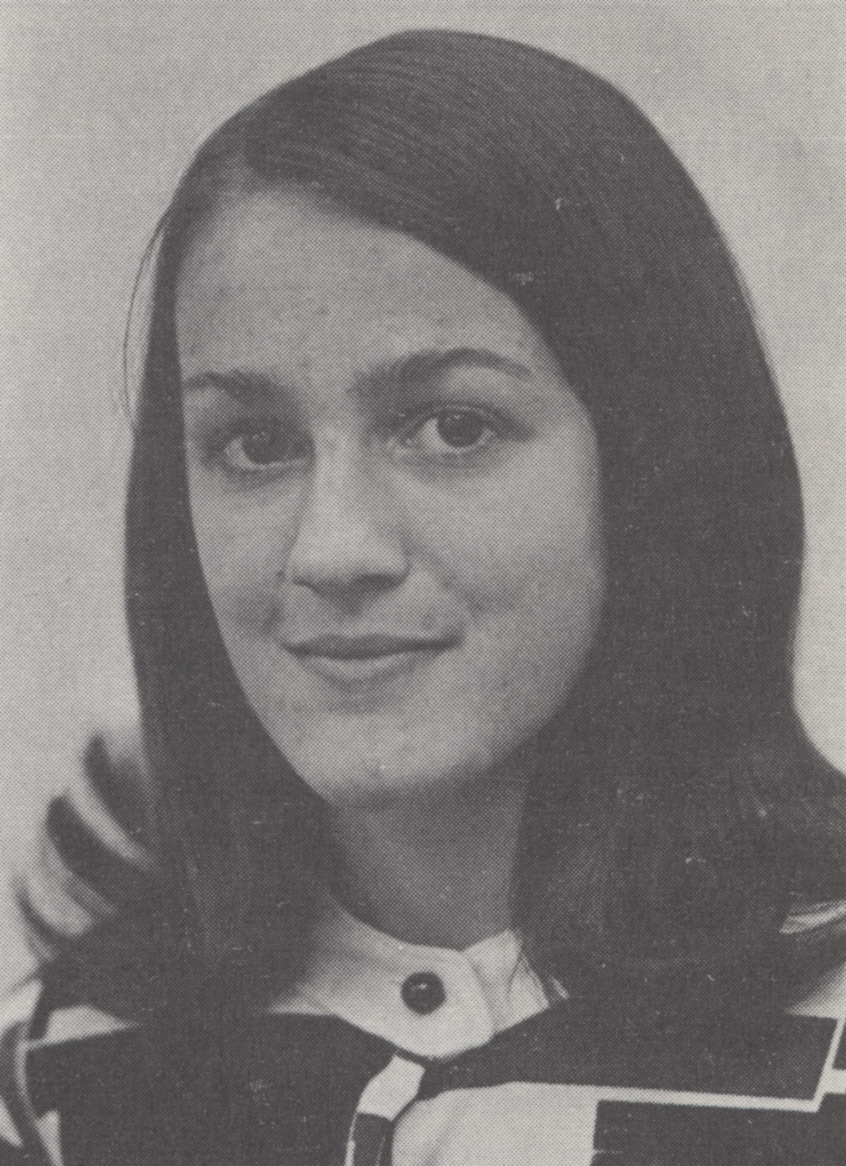
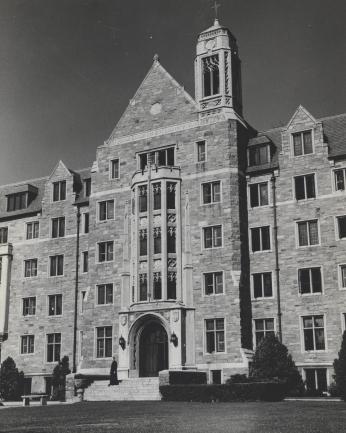
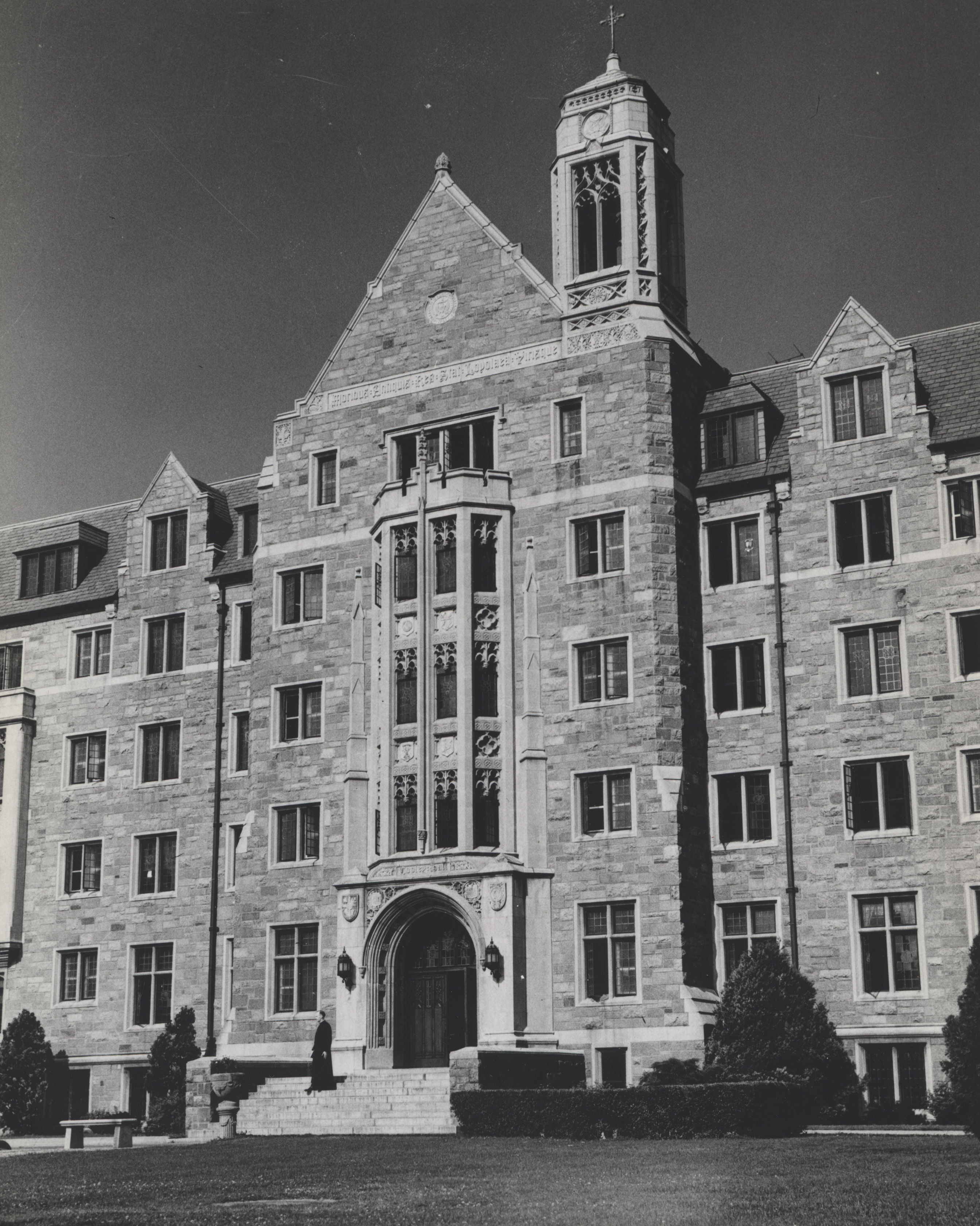
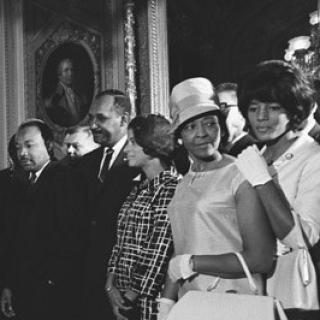
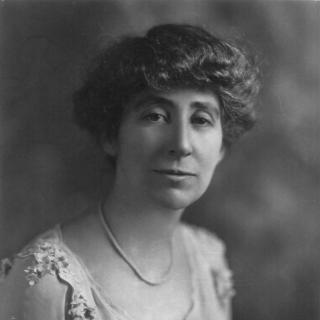
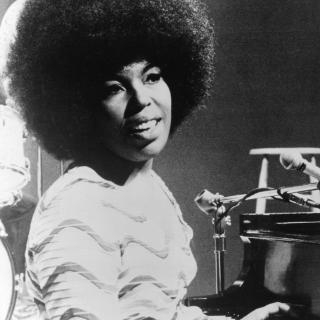
![Sketch of the mythical fuan by Pearson Scott Foresman. [Source: Wikipedia]](/sites/default/files/styles/crop_320x320/public/2023-10/Goatman_Wikipedia_Faun_2_%28PSF%29.png?h=64a074ff&itok=C9Qh-PE1)











